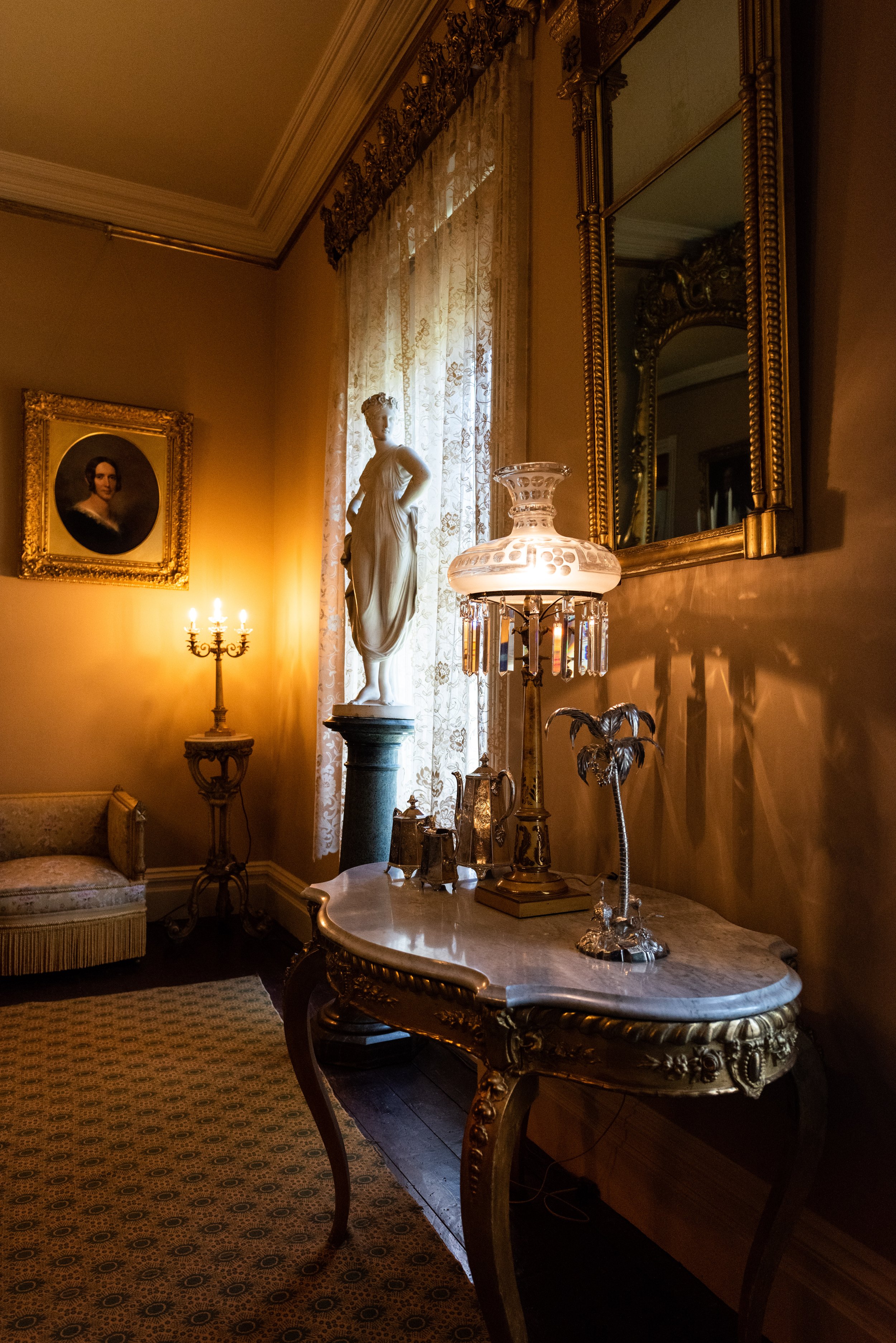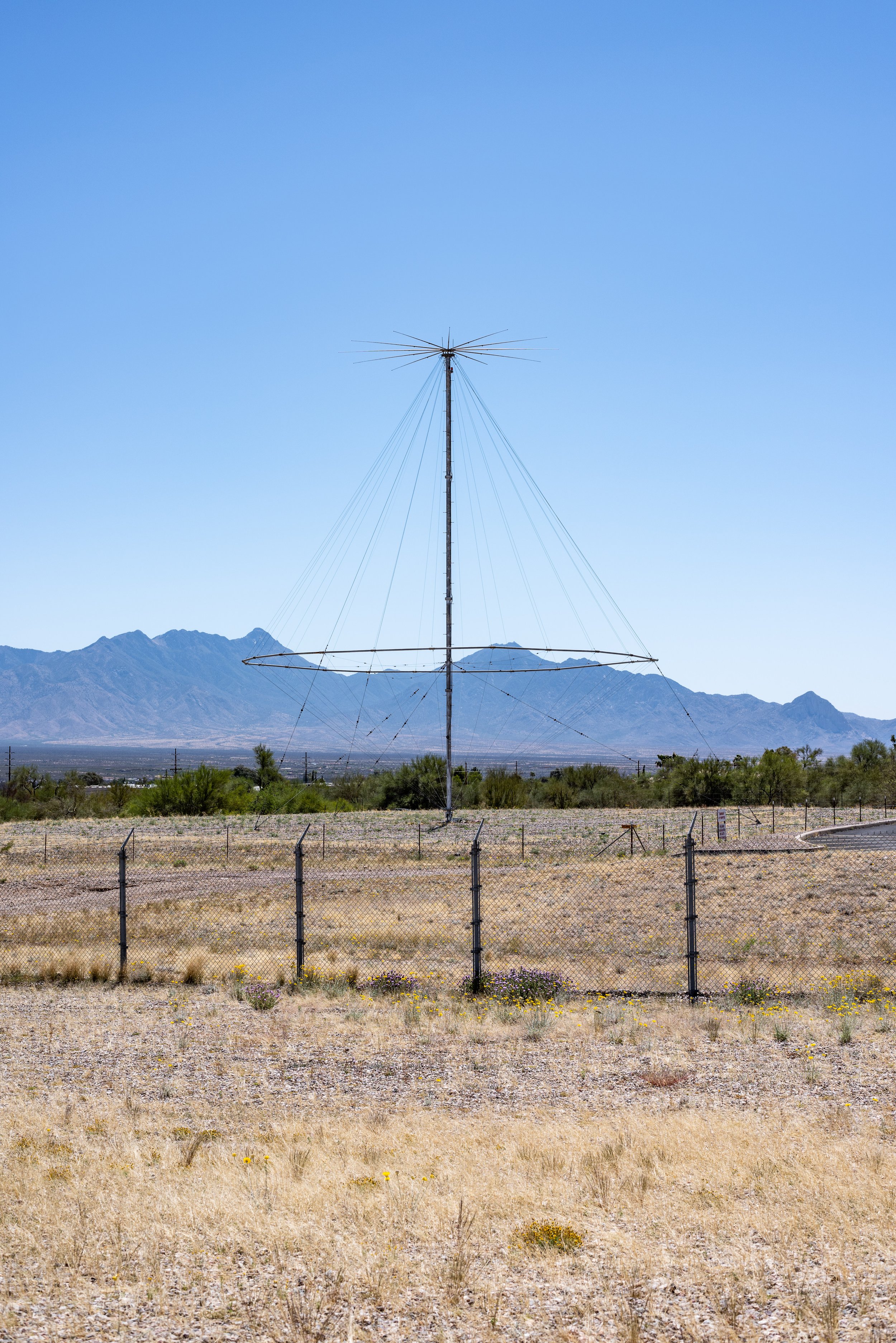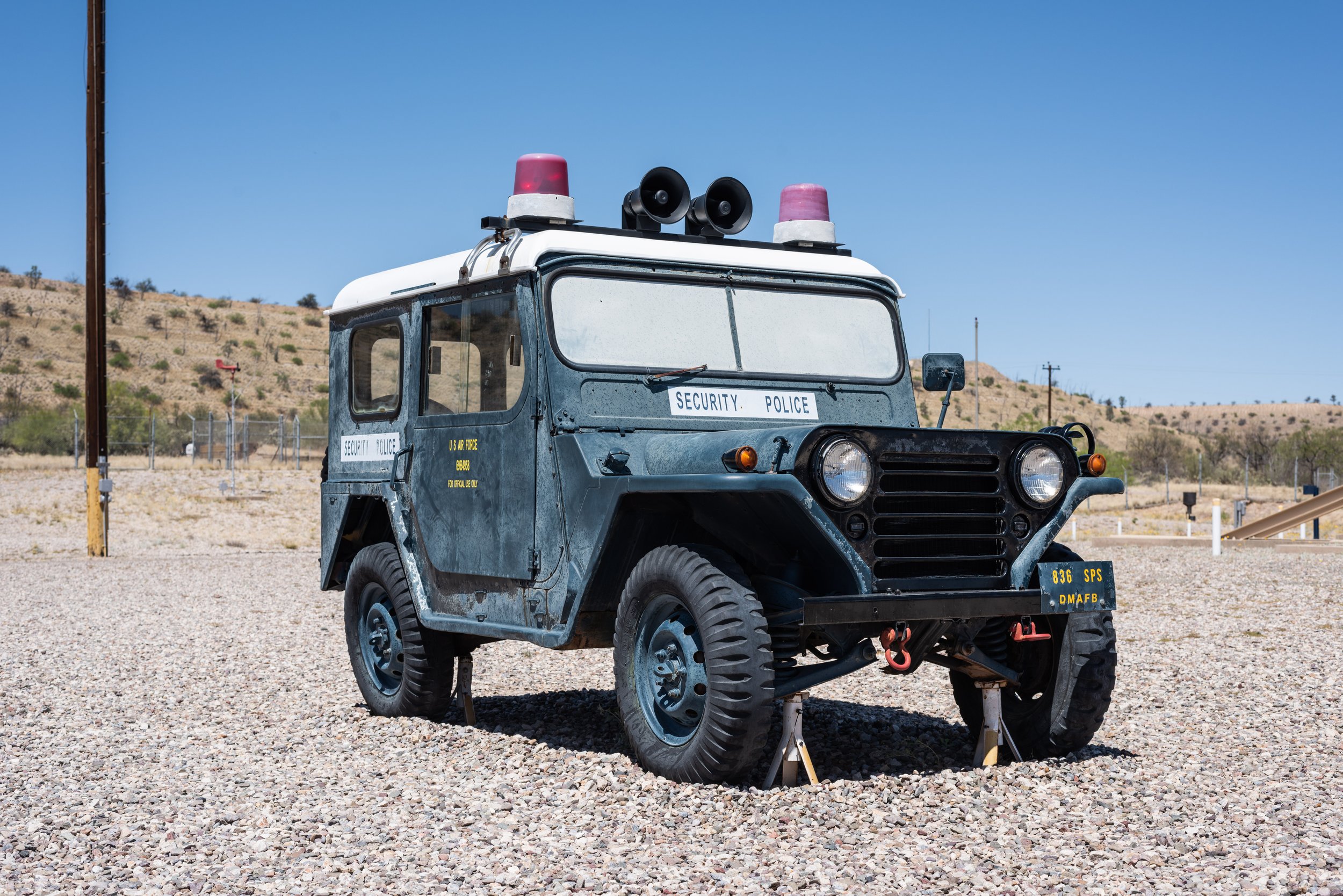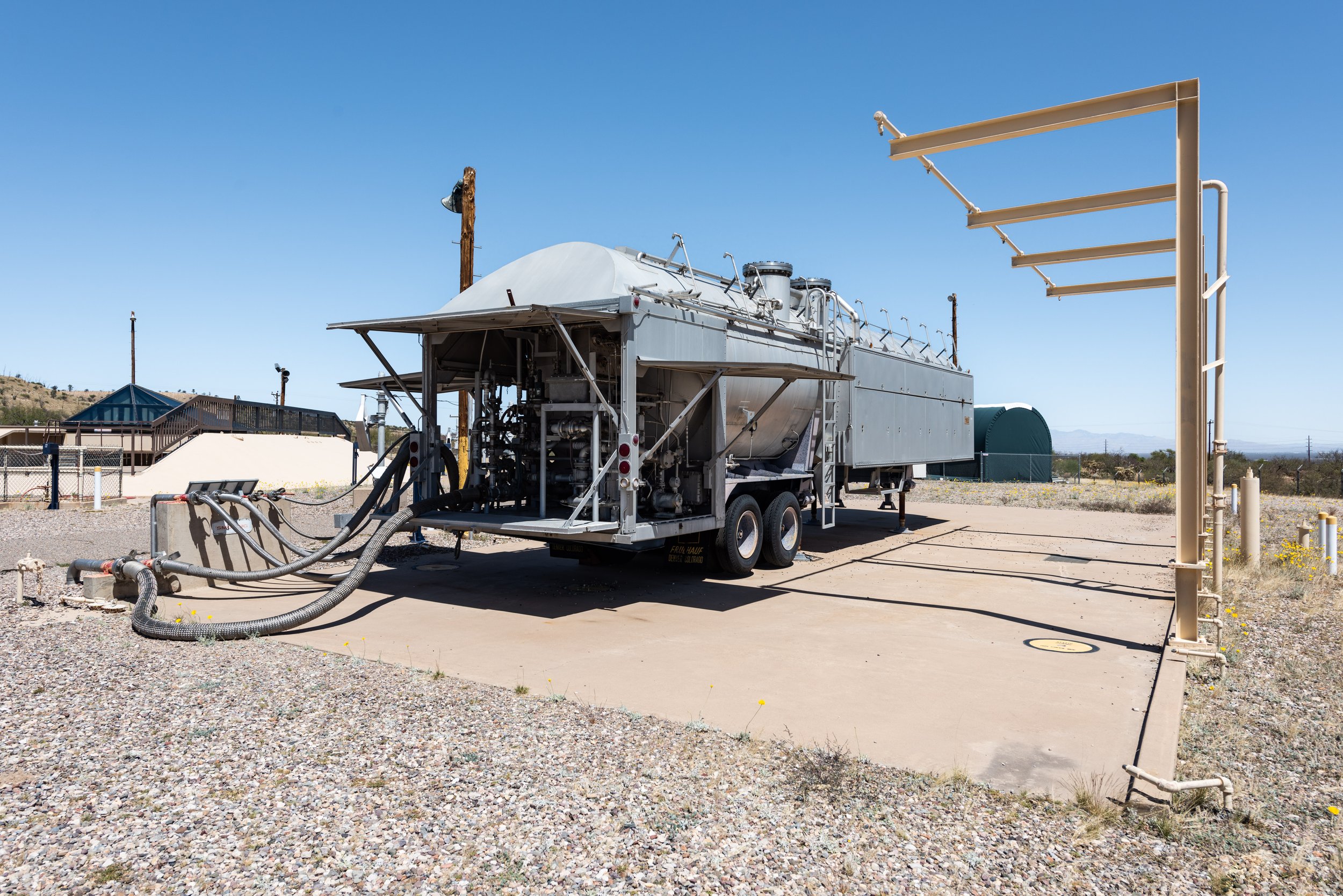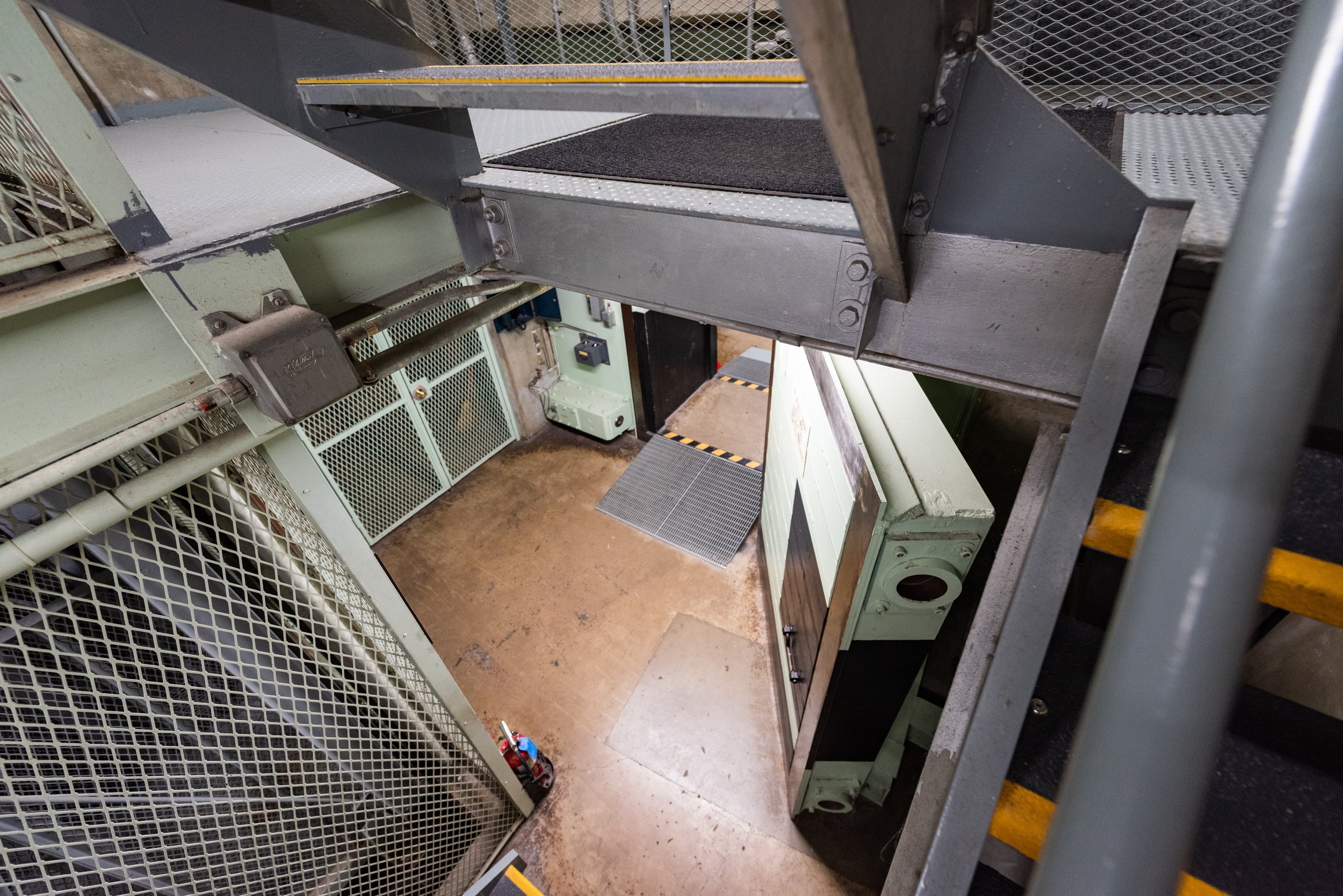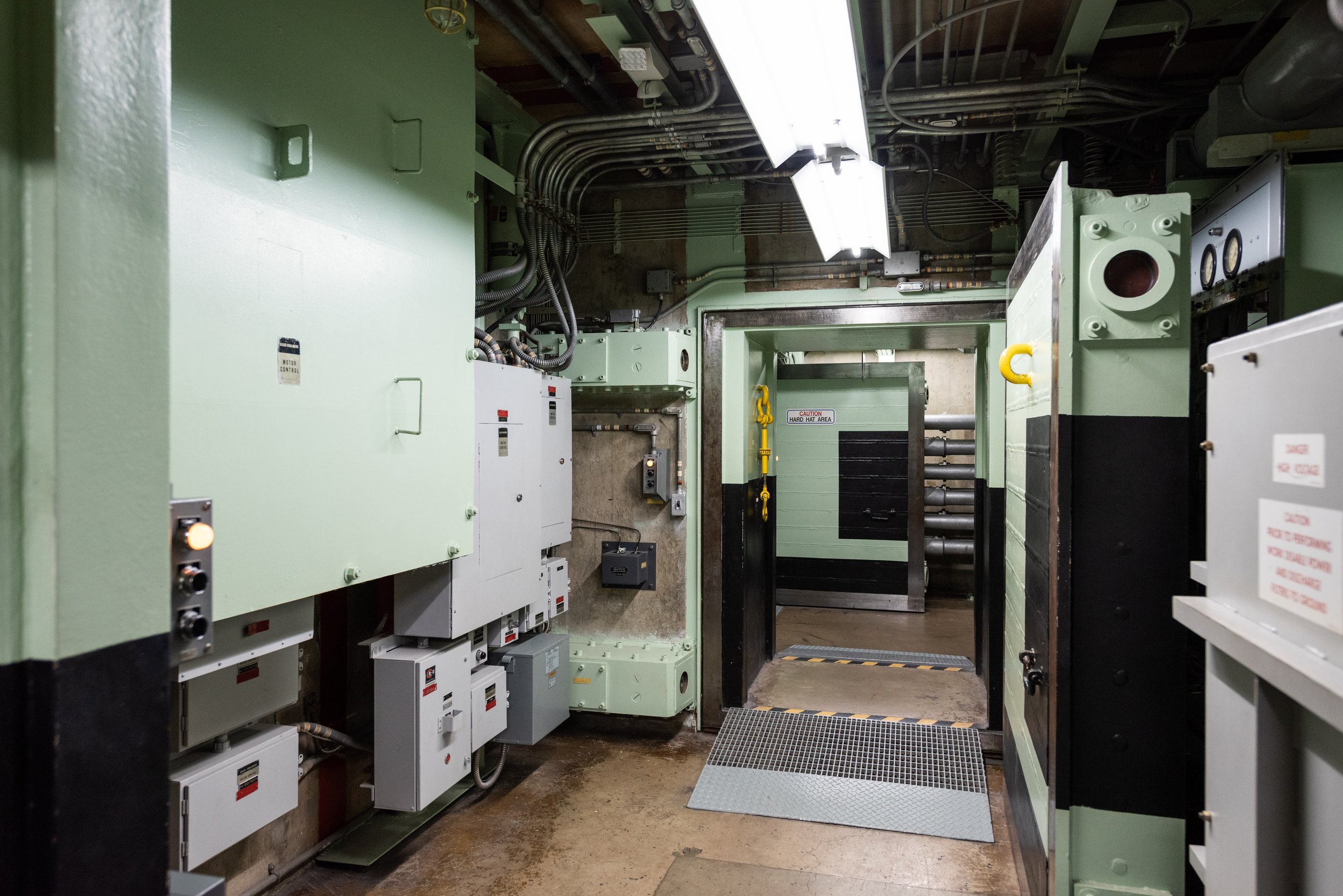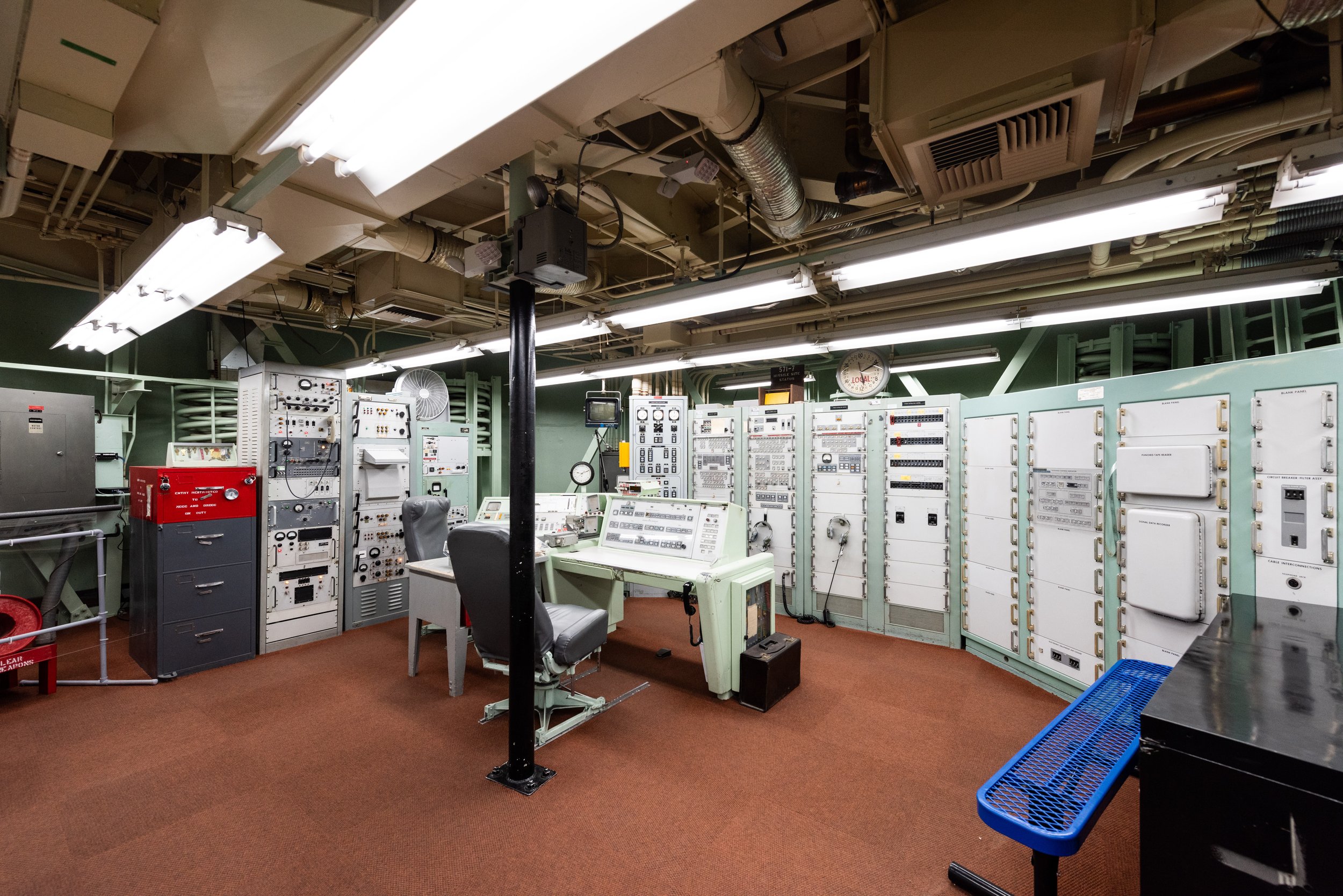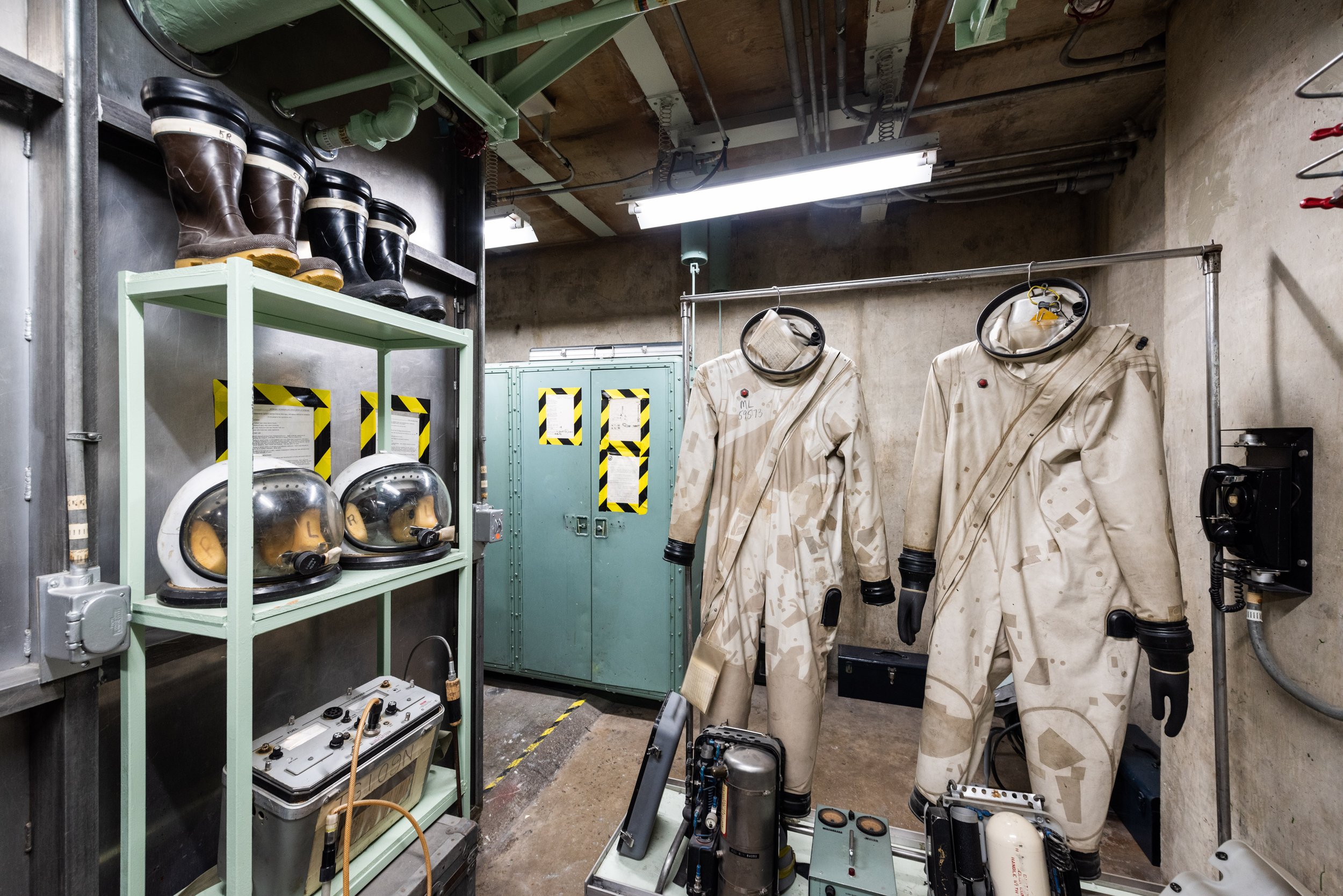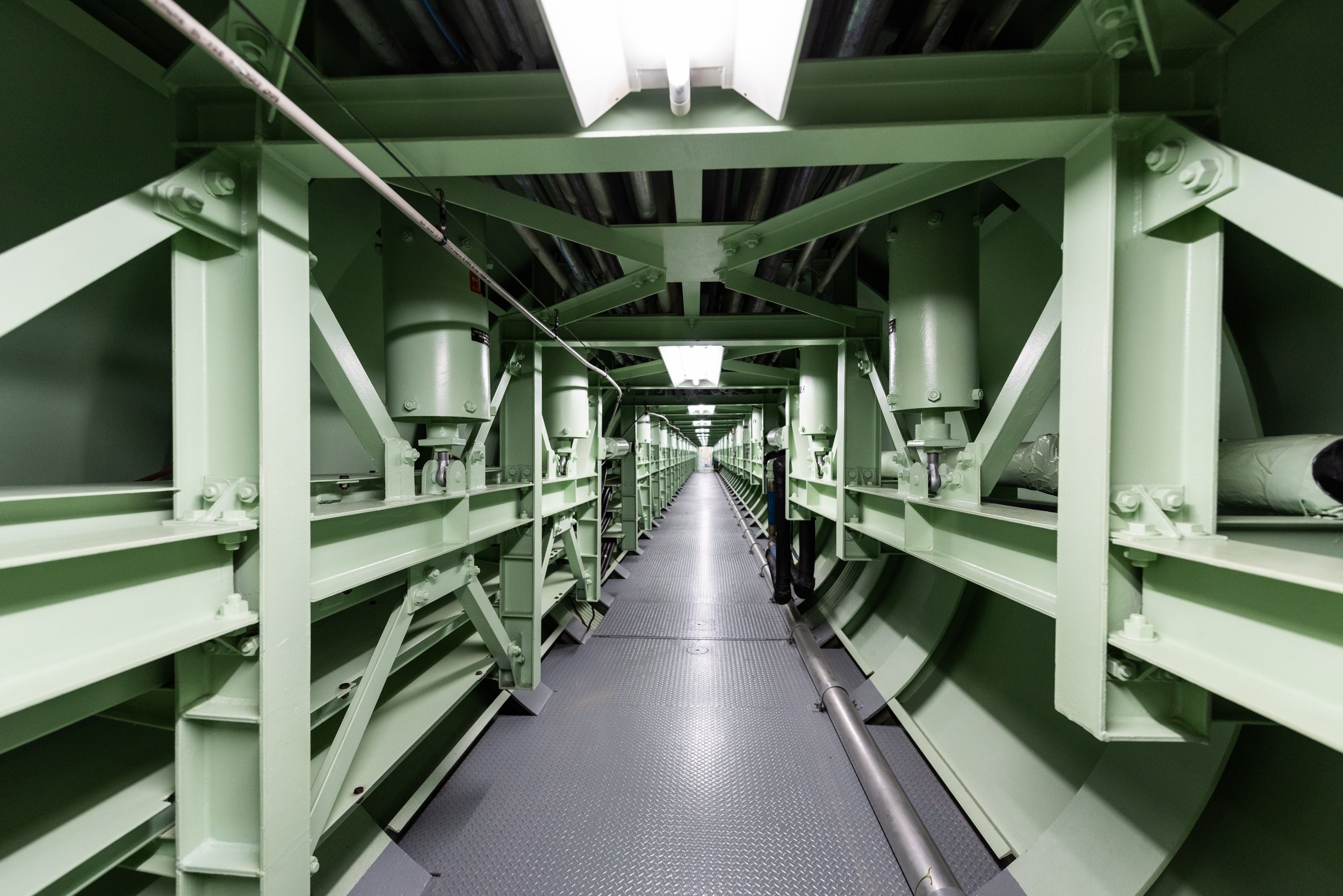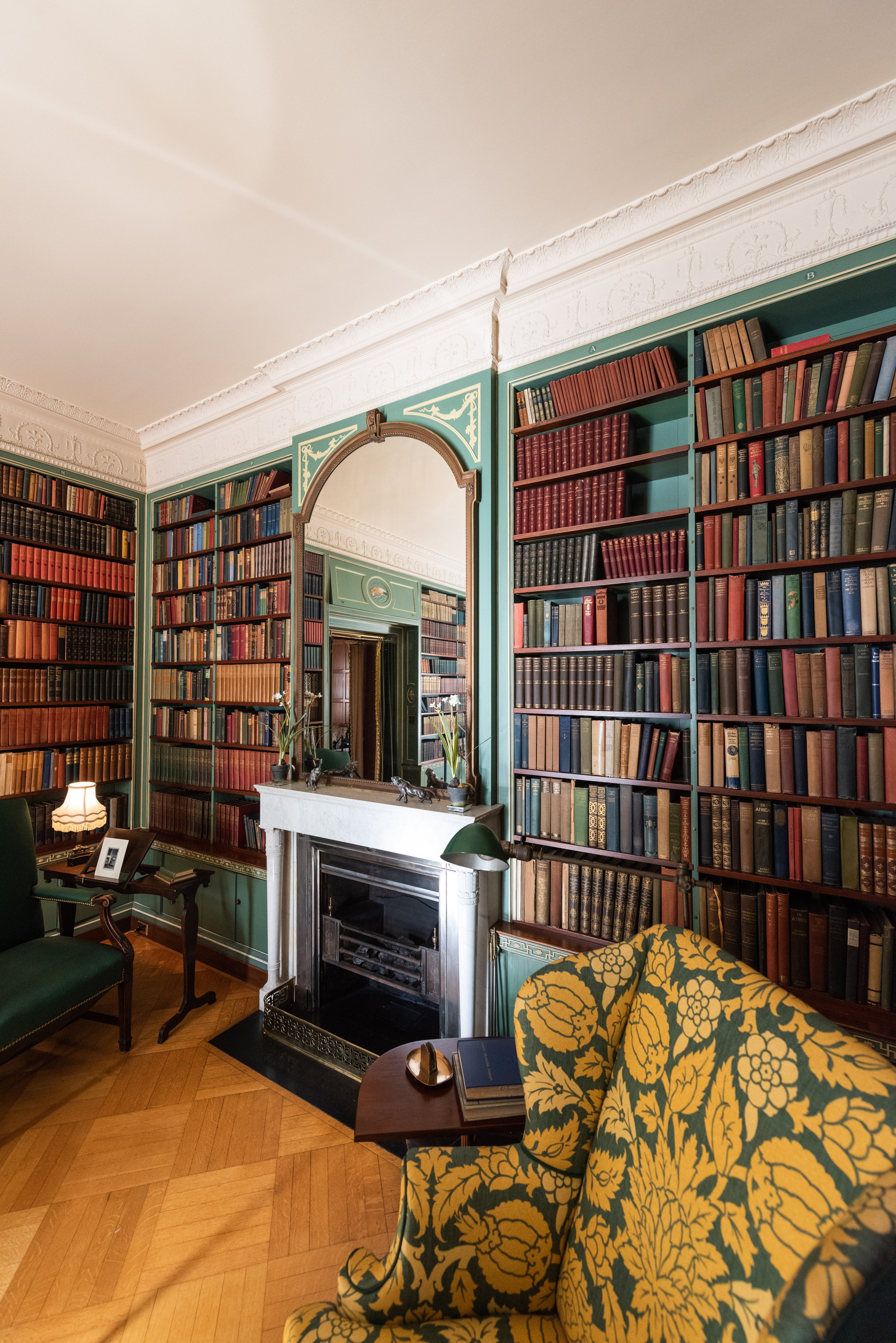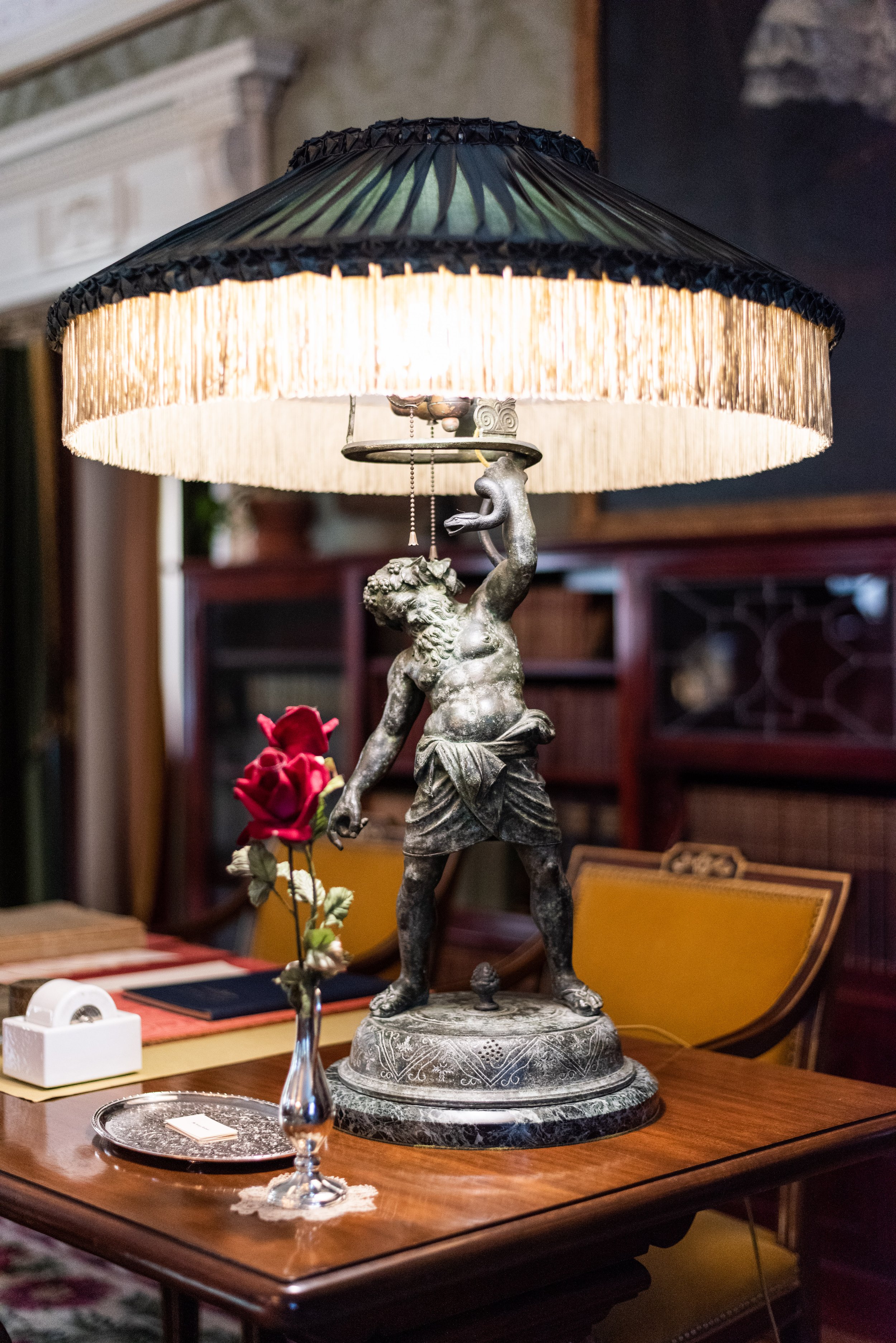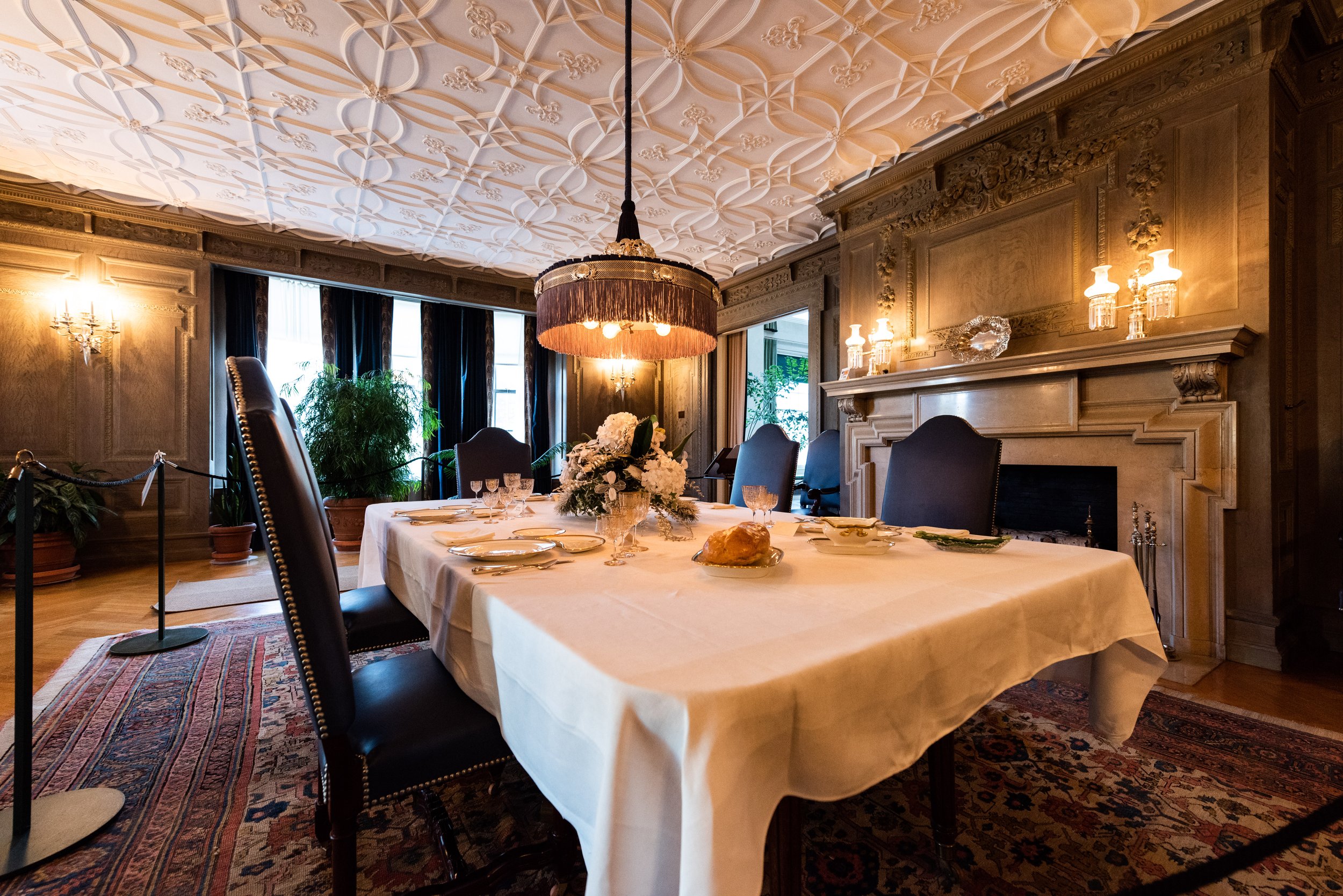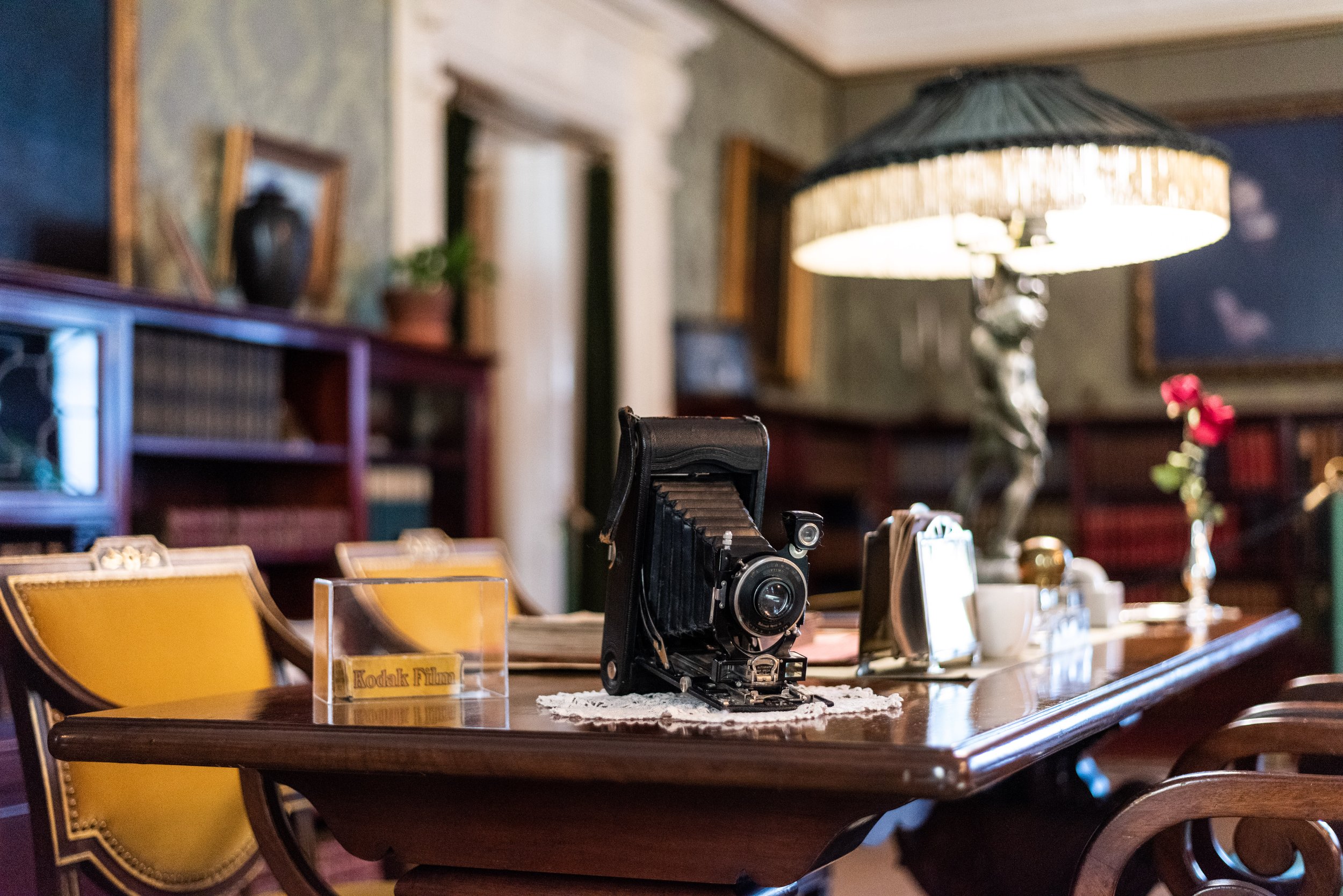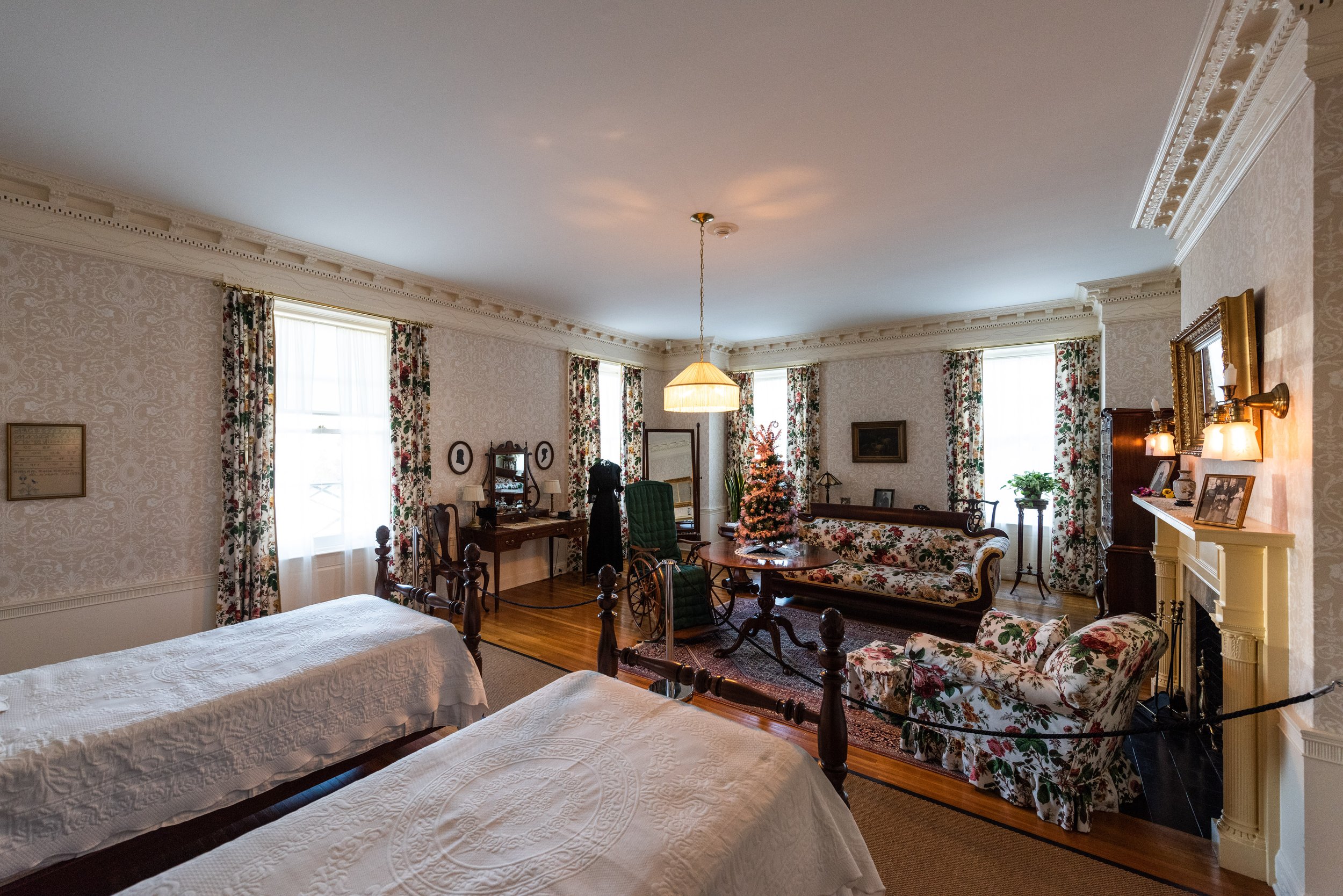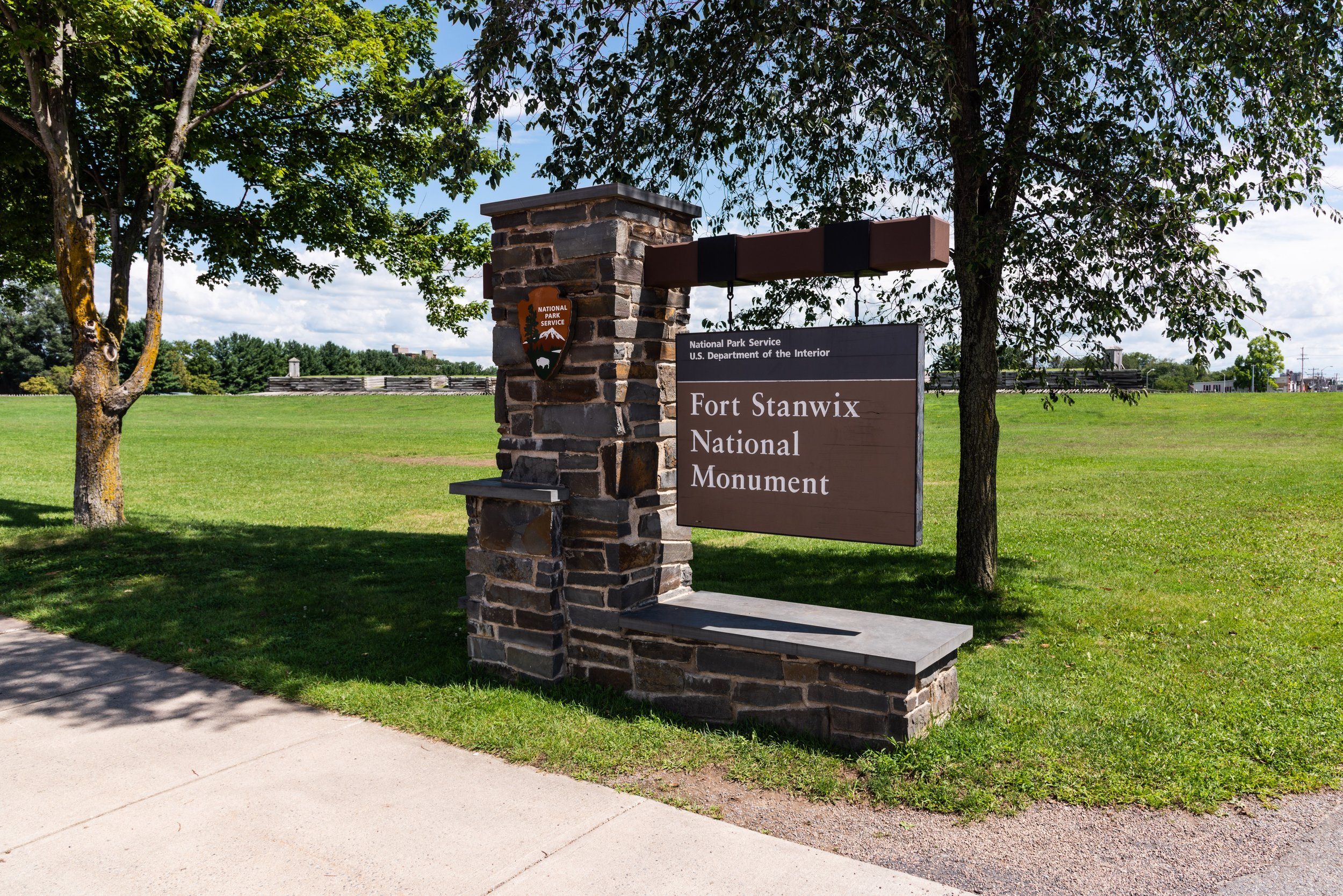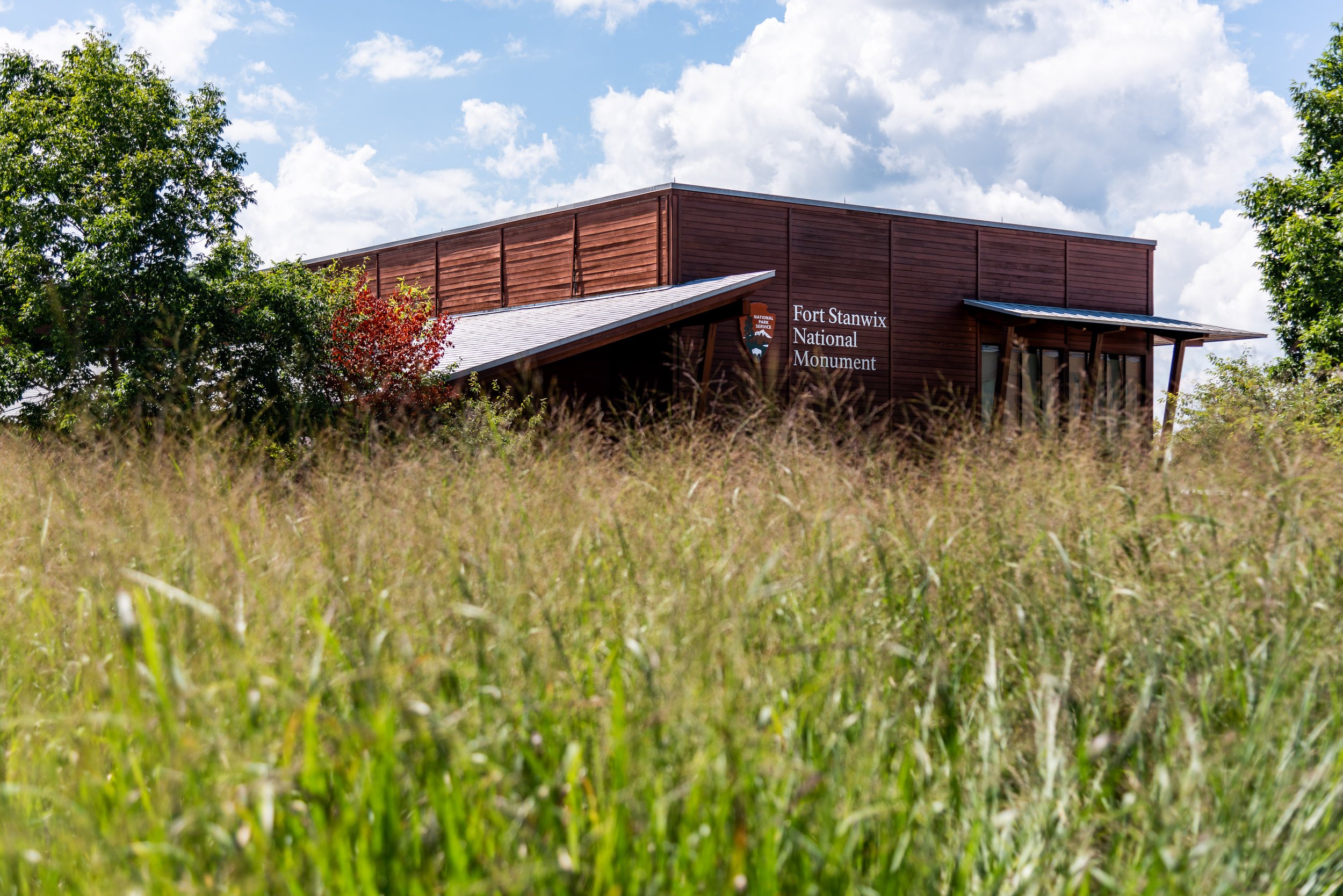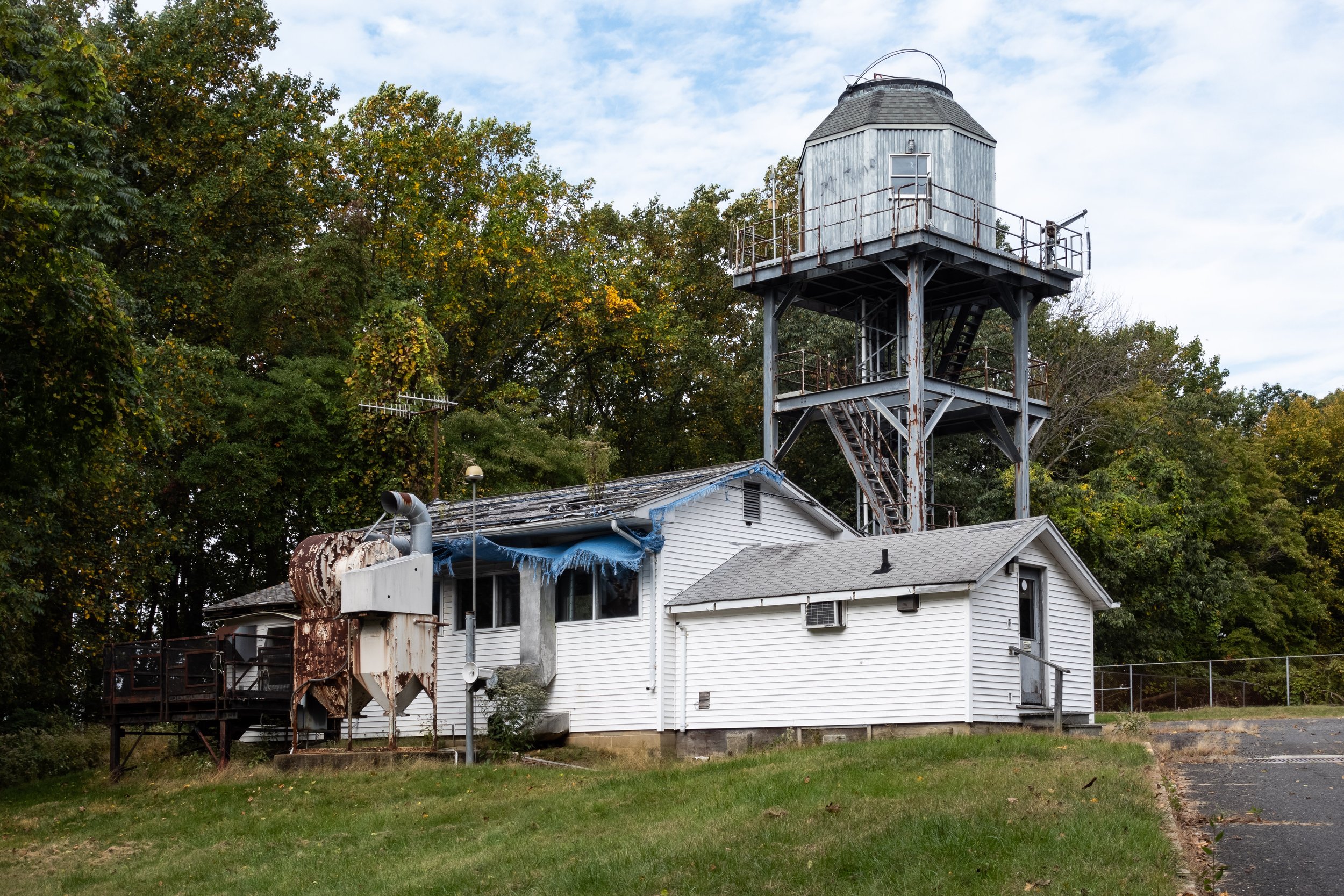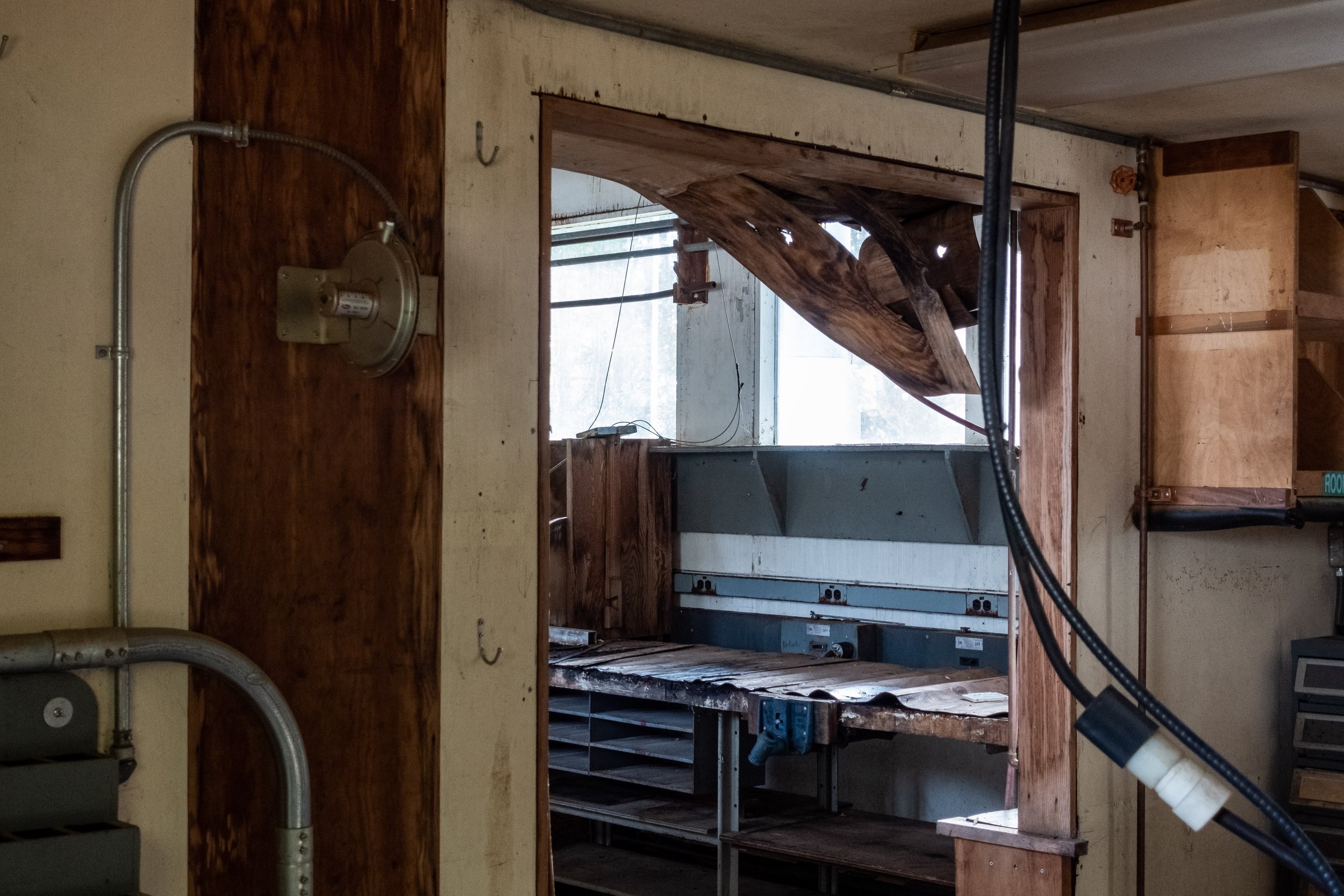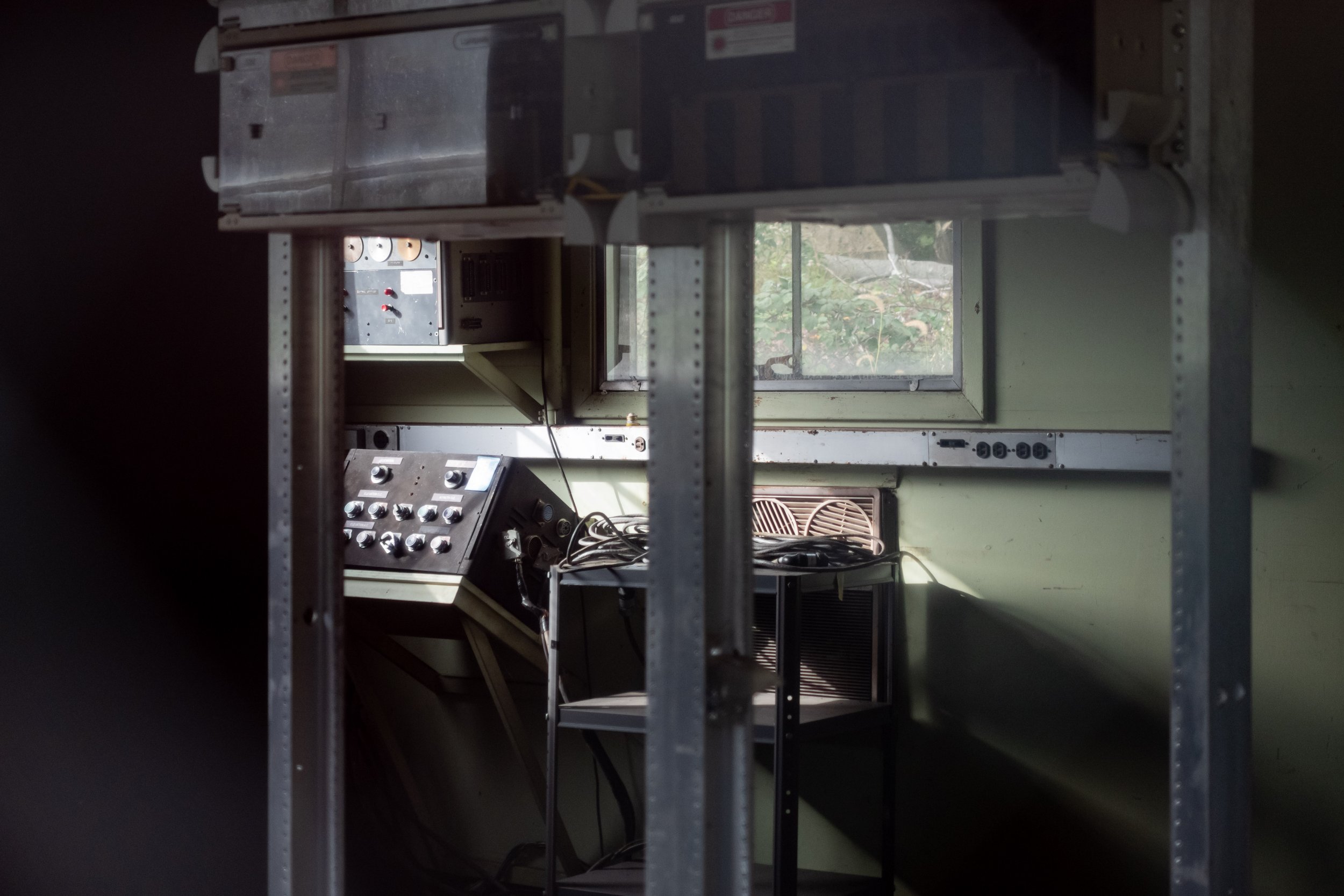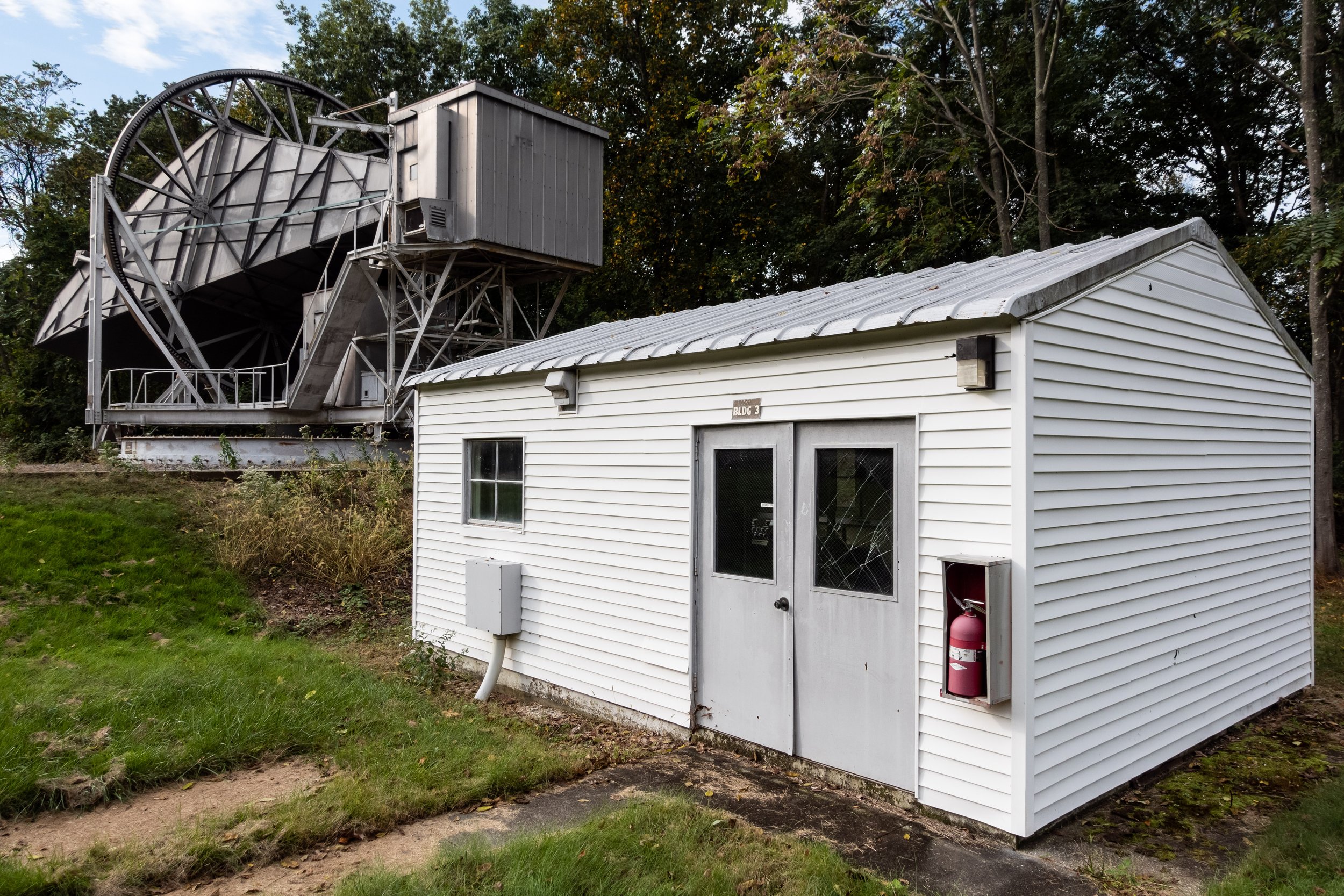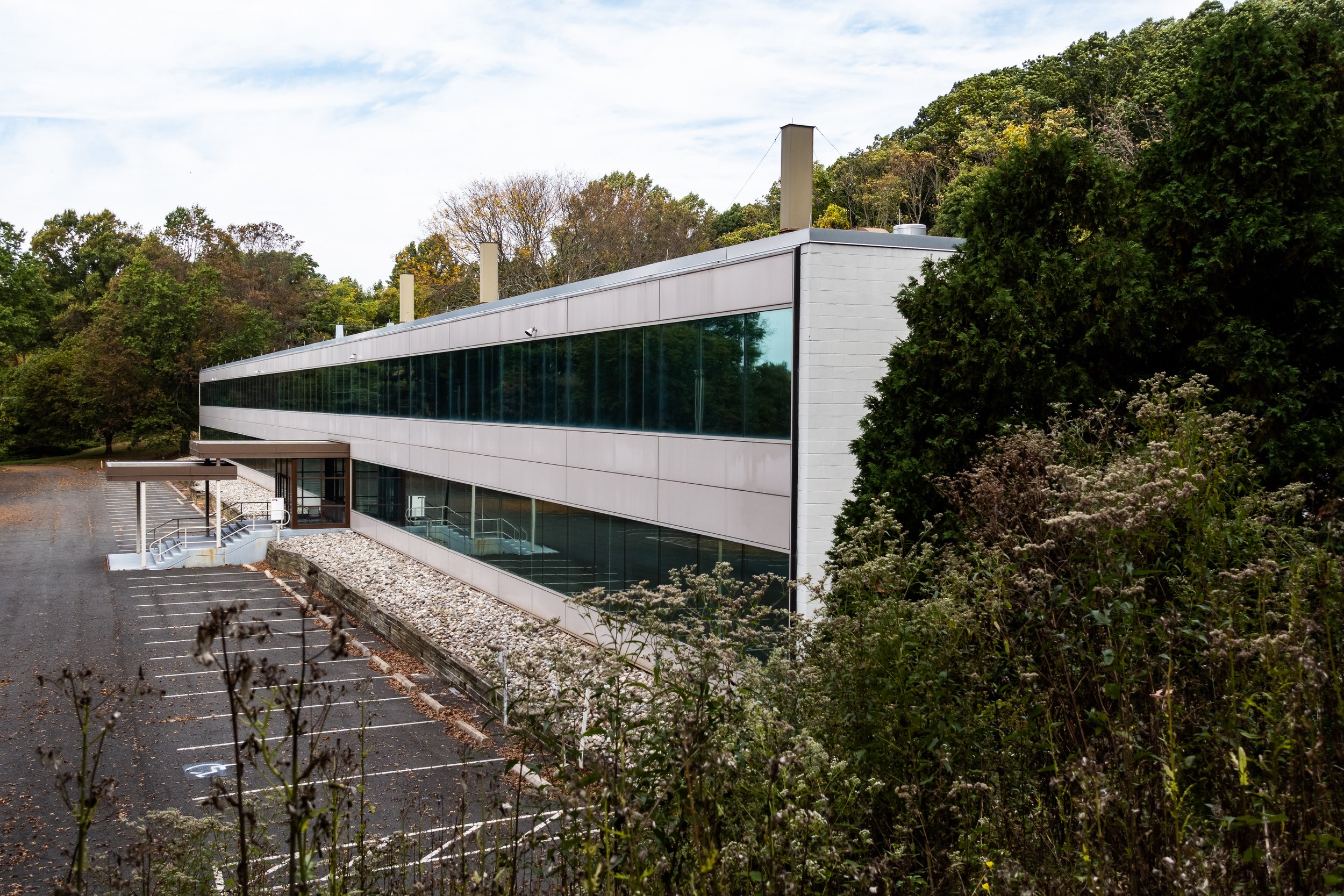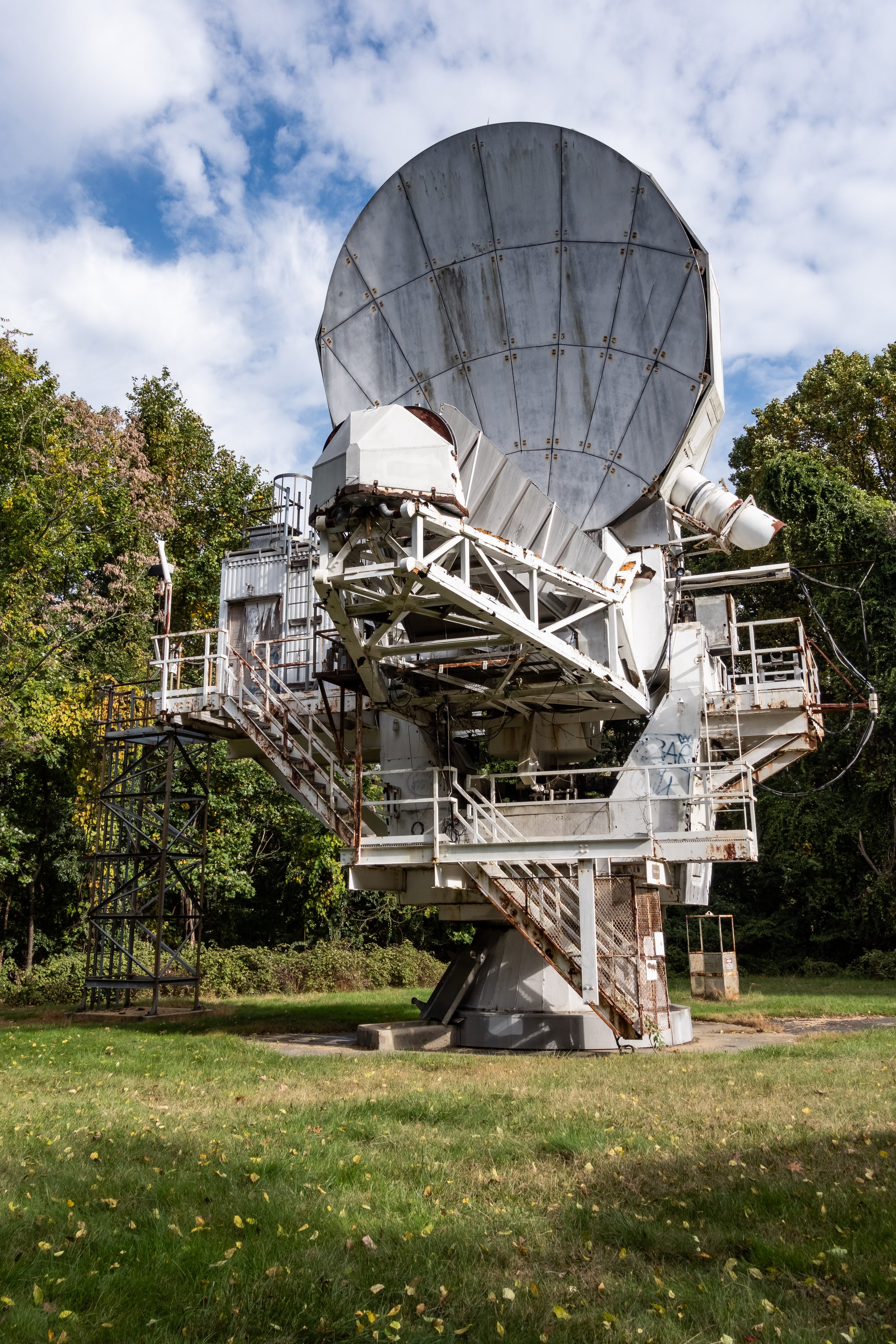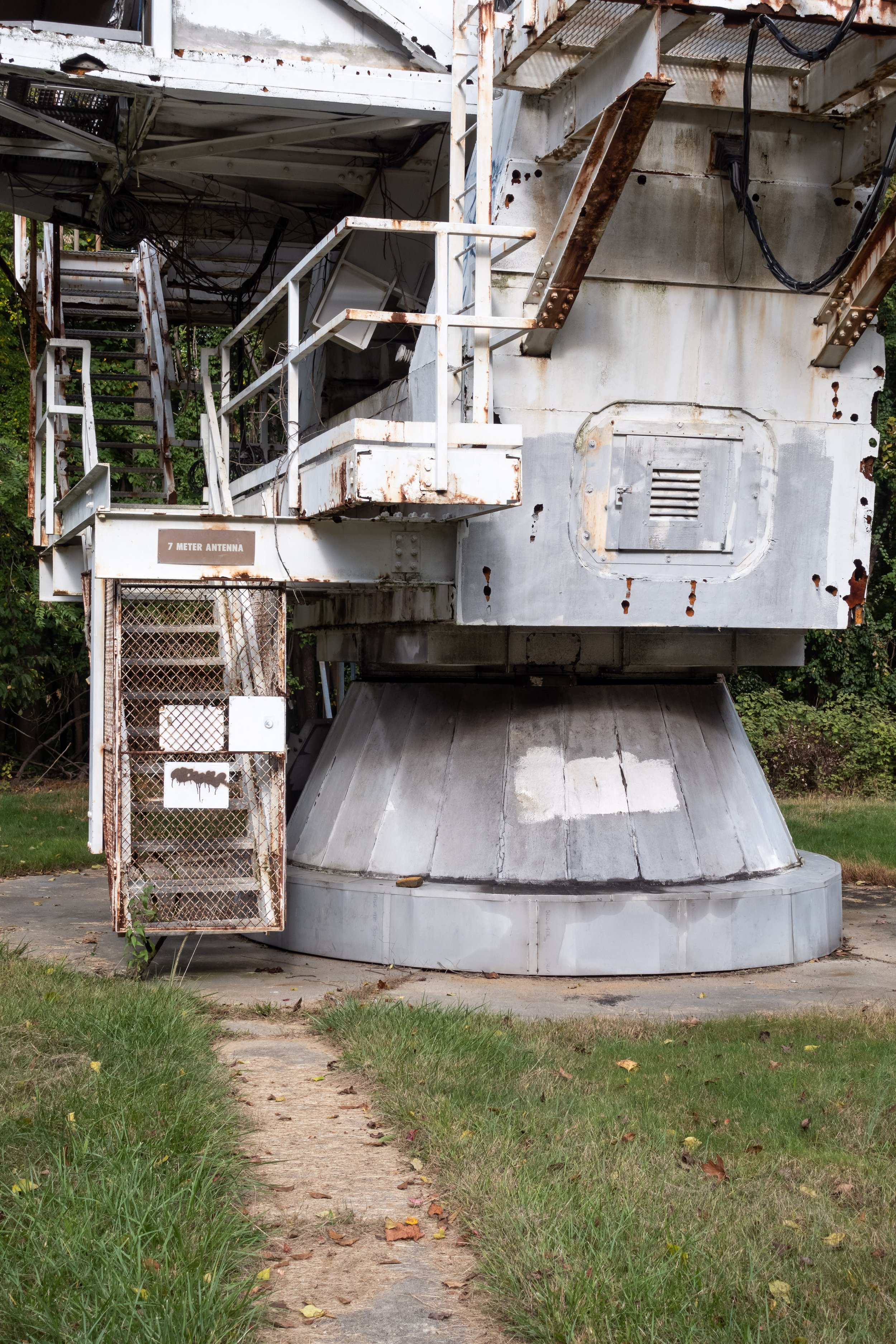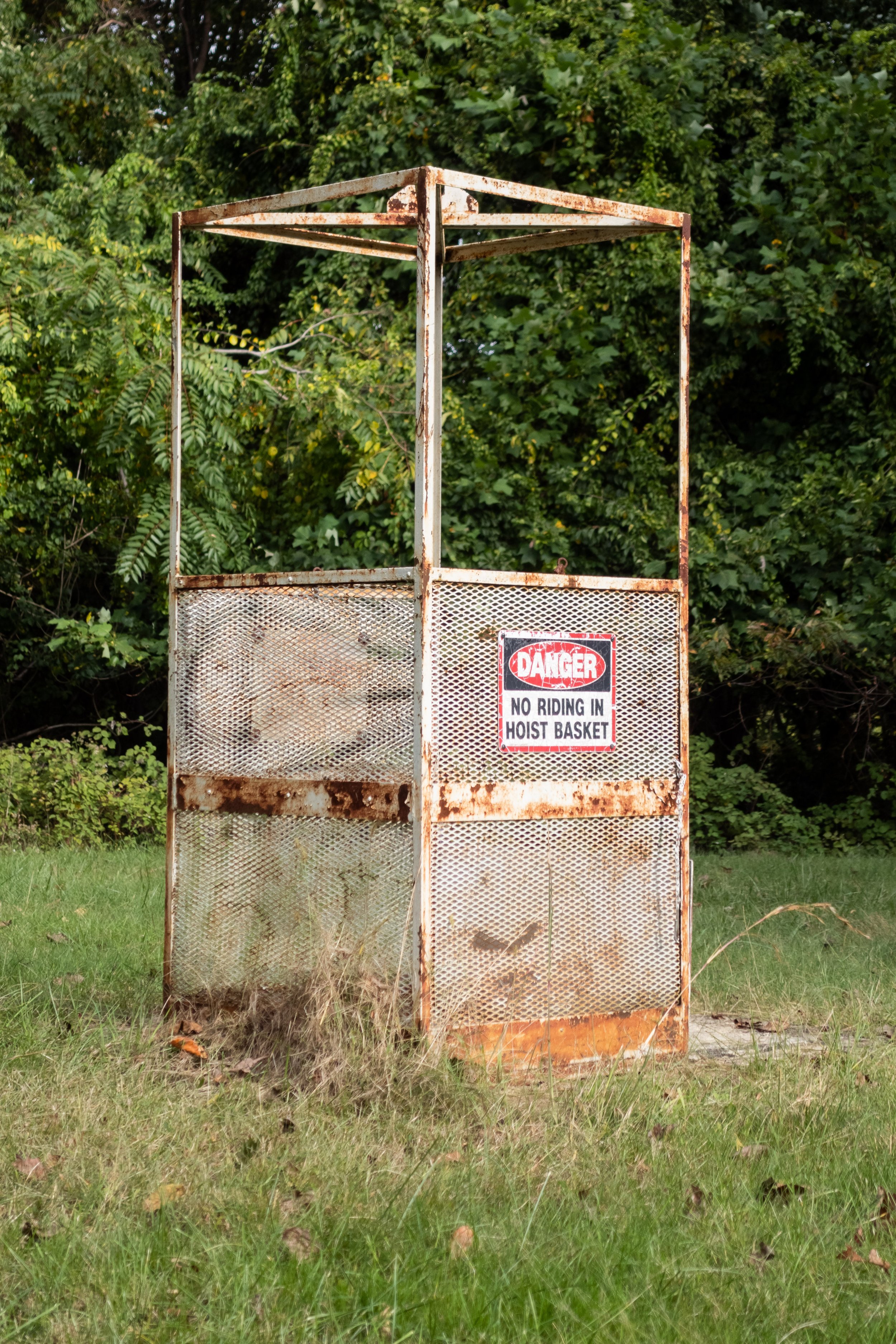At the northern end of Cayuga Lake is the city of Auburn, NY, which was home to William H. Seward and his family. If you’re like me and the name Seward doesn’t ring a bell, he was the man who facilitated the Alaska Purchase and helped Lincoln lead the United States through the Civil War. Born in 1801, Seward purchased the house 1824 and lived there until his death in 1872. The interior is largely as it was in 1872 thanks to William Seward III, who maintained the furnishings and donated the property upon his death. The site occupies a triangular slice of downtown Auburn, and one corner of the property is dedicated to a small park with a towering statue of Seward himself. The house is a New York State Historic Site and on the National Register. It actually began life as a much smaller dwelling and was progressively expanded starting in 1847.
During his storied career, Seward served as an NY State Senator, US Senator, NY Governor, and Secretary of State after loosing the Republican presidential nomination to Abraham Lincoln. His home reflects his travels and pursuits - shelves of books adorn the study and parlor, paintings and prints from around the globe hang from the walls, and artifacts collected from far-off lands sit atop shelves. At one end of the dining rooms is a giant globe, the other a stately portrait of Mrs. Seward. China cabinets filled with fine dinnerware for hosting lavish but crucial dinner parties are posted in the corners. Diplomacy and a good meal often go hand in hand, and Seward would host large dinners to convince other politicians of his positions.
Possibly my favorite collection of Seward’s is the portraits of famous world leaders he encountered that encircle the second floor atrium, often bearing the signature of the subject pictured. While not all of them are authentic (Queen Elizabeth, for example), there’s quite a number of portraits that span from the Middle East to Europe. You can take a guided tour of the entire house from the basement to the 2nd floor where the family lived. My tour guide was great and answered every question I could throw at him.
A series of unfortunate events befell Seward, starting with the assassination of Lincoln and the simultaneous botched assassination attempt on his own life. He had been injured in an accident days before when he jumped from a runaway carriage and broke his arm. The family members staying at his Washington, D.C. apartment encountered the assassin before he could reach Seward, and ultimately 5 would be stabbed including Seward himself. While no-one was killed, his wife Francis died only a short time afterward in 1865. Daughter Fanny, his pride and joy, died in 1866 from tuberculous. He commissioned a painting of her after her untimely death, and it still hangs in the parlor today. The bundle of flowers she clutches and her ghostly pale complexion indicate that the portrait was painted post-mortem. Fanny’s death was a sore subject for Seward, and it was best not to ask about the painting.


